Summer Reading:
T.C. Boyle Talks ‘Blue Skies,’
Life in Santa Barbara
and More
The Godfather of Climate Fiction
Sounds Off on His Latest Work
By David Starkey | Photos by Ingrid Bostrom
July 13, 2023
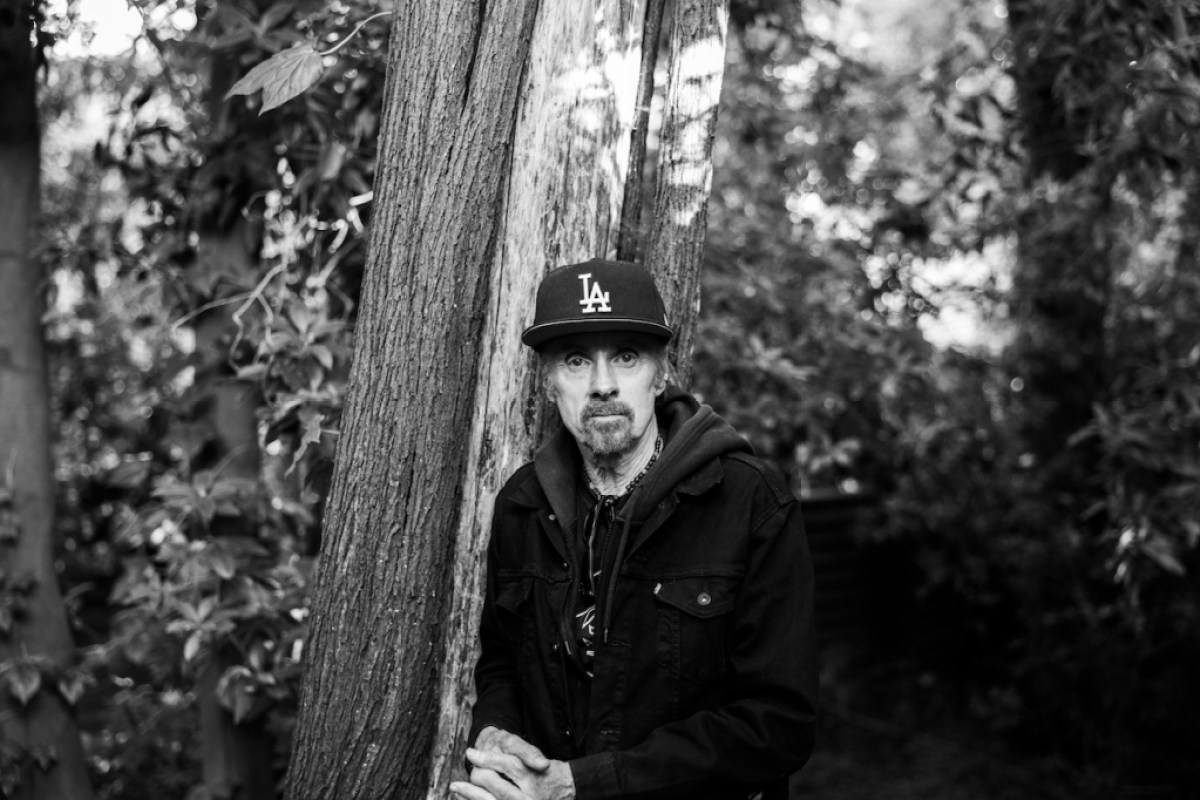
“Brilliantly imaginative … in a terrifying way,” is how fellow author Annie Proulx describes T.C. Boyle. As famed New York Times literary critic Michiko Kakutani wrote of one of Santa Barbara’s most prolific and beloved writers, “When it comes to pitch-black humor, Grand Guignol slapstick, and linguistic acrobatics, T. Coraghessan Boyle is a master of his domain.”
Boyle sat down with Independent contributing writer David Starkey (Santa Barbara Poet Laureate 2009–2011, novelist, and playwright) to discuss the writing life in S.B. and his new novel, Blue Skies, “an eco-thriller with teeth” that captures the absurdity and “inexpressible sadness at the heart of everything.”

Literary Columns, Newsletters, Book Reviews, Santa Barbara Authors, Poetry, and More for Summer Reading
Check Out Best Selling Author Elaine Castillo’s Tips for Reading Deeply and Critically

Your new novel, Blue Skies, offers a bleak, but probably accurate, view of the near future. Drought, fires, and incredibly high temperatures in Southern California, hurricanes and flooding in Florida. And yet people carry on. Is that an optimistic note on your part — that we persist — or a comment on how blind we are to keep accommodating our own increasingly disastrous messes? Blue Skies is a companion to my 2000 book, A Friend of the Earth, which projects to 2026 and wonders what life would be like at this juncture that we’ve almost reached. And in it, there are the same kind of weather dislocations I’m talking about in Blue Skies. We have drought, we have floods, and we also have a pandemic. I saw all that coming. And now, I thought, we are living in it, and what is it like for a single family — like us, regular people — to have to deal with the new normal? Do we ignore it? Do we try to do our best to ameliorate things? And so I’ve given you a family. The mother and son live here in Santa Barbara and the daughter has recently moved to coastal Florida. So I can contrast the different conditions: They have too much water and we haven’t got enough.
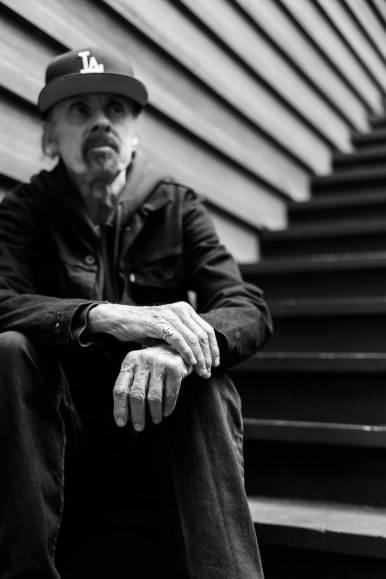
But also there are some notes of optimism in it because I realized that we live in the moment, and we can be surprised by meteorological patterns and entomological patterns. In the course of writing the book, I was very depressed about the future of the monarchs, but in the last two winters, they have made something of a comeback. So, yeah, that makes me slightly optimistic.
And there’s more good news, David — the ticks are thriving! I go out there on those mountains right outside the window here and feed them. Often. Somebody’s got to do it. Their children would starve if it wasn’t for me.
I hope the ticks appreciate your sacrifices! You mentioned the centrality of the family. I was reading Matt Bell’s review in the New York Timeswhere he calls the novel “more an accomplished family drama with a climate-crisis setting.” Would you agree with that, or is that kind of reducing it a bit? It’s a novel, and it’s set now and in the near future under the conditions under which we must live in these skewed times. I think those labels are ridiculous: “climate fiction,” “cli-fi,” whatever it is. I’m the godfather of all that. I wrote A Friend of the Earth in 2000. Why quibble about it? Family drama? Climate novel? We live in a climate; we’ve always lived in a climate. This is just a novel examining the new conditions.
I like that: the Godfather of Climate Fiction. But are there any other climate-change novels that you admire? Jenny Offill’s Weather is good, in a very muted, interesting way. Again, very day-to-day: How do we deal with it? But before Friend of the Earth, I’m not sure anyone had addressed this in a novel. Certainly, there are a lot of great, great nonfiction books about the things that obsess me: invasive species, climate change, the end of nature. You know, I was doing interviews for Friend of the Earth years ago, and I was just wondering why more people weren’t concerned because it seems to me that this is the single existential question facing our species. And maybe now people are getting the message and trying to examine it in their own way.
As you suggest, fiction clearly has a different role than nonfiction. Fiction for me is a way of addressing the human condition, but my condition especially, and my concerns. And if we were to go back and look over my oeuvre from the beginning? You know at the beginning what your concerns are — for me, primarily environmental. And more to the point, what is our role as an animal species confined in an environment with all the other animal species? Is evolution a dead end in our case because our brains are too big? Did we need them to be this big to create this forum in which we’re talking right now and destroy everything in the world? And is there God? No, of course, there’s no God. It’s just an invention of mankind. So where is the purpose? What is the meaning? This is the thing that has obsessed all humans.
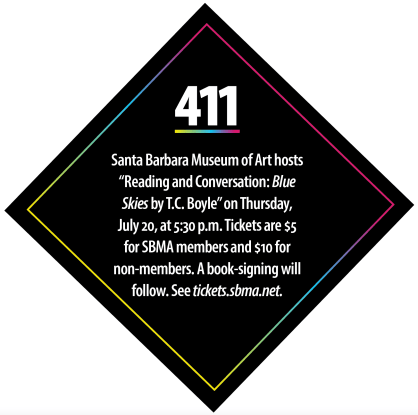
You just mentioned animals. Ticks play a big part in Blue Skies, and we don’t want to give away any spoilers, but that snake scene — man. I was thinking that climate change is forcing us to interact more closely with non-human creatures in a way that we didn’t in the past when we could distance ourselves from them. Good point. We’re thrust into it. The disruptions in the weather patterns are forcing us back into being animals of nature, and showing our vulnerability.
I was surprised, in our fraught political climate, that there was no real mention of Democrats or Republicans in Blue Skies. I feel like one of the big obstacles to addressing climate change is that people on the left are always having to fight against people on the right. Was that a decision you made because the backstory would be too complicated to work in, or because it really doesn’t matter that much once we get to a certain point? I’ll choose option B. Every story is different. Every book or story has its own valence — I just follow it. The politics during COVID, and the Trump era, and the politics now of the far-right wing and the near fascist takeover of America — we came so damned close — this obsesses me. But it didn’t play into this particular novel. I say it’s a conscious choice, but it’s not really a conscious choice. This is the way this story was told.
Is there a year or a decade when you see all the terrors of Blue Skies coming true? I’m not a climate scientist; I don’t know. We are already fighting wars for the limited resources of the earth, and it will be exacerbated by the collapse of the climate. We’re getting close.
Read David Starkey’s review of Blue Skies here.
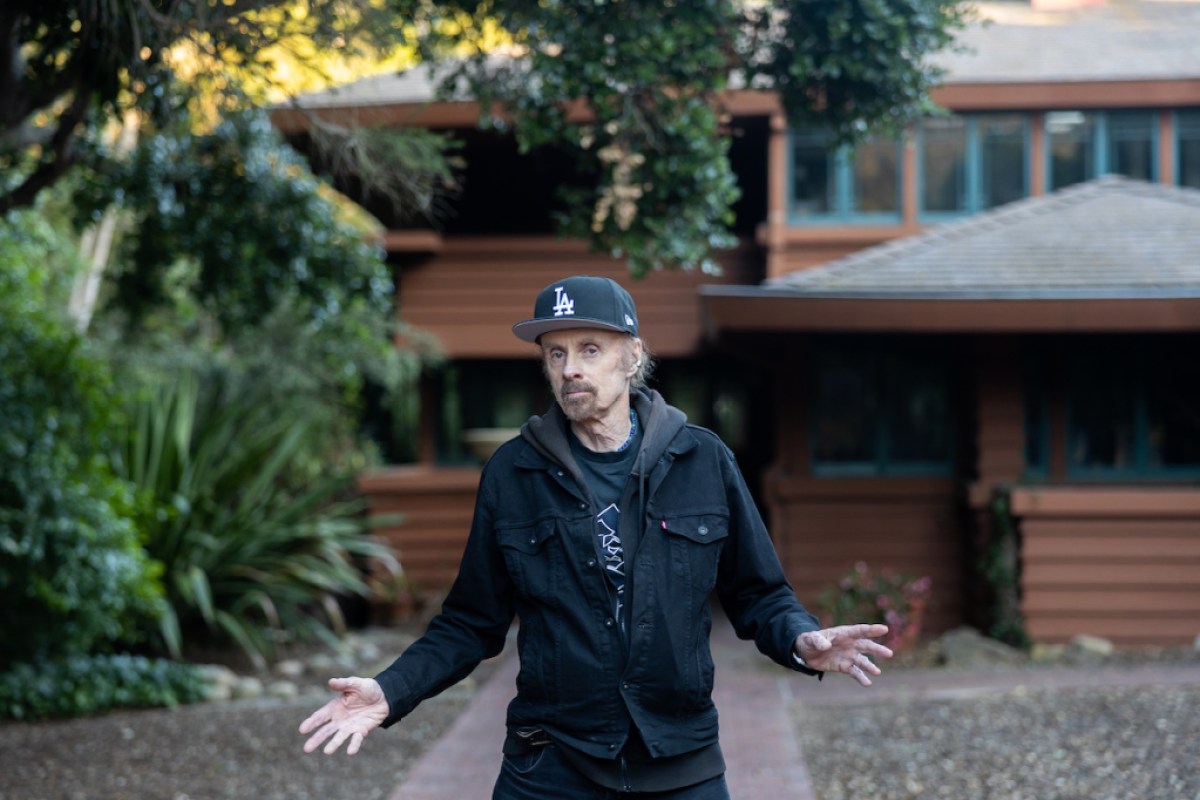


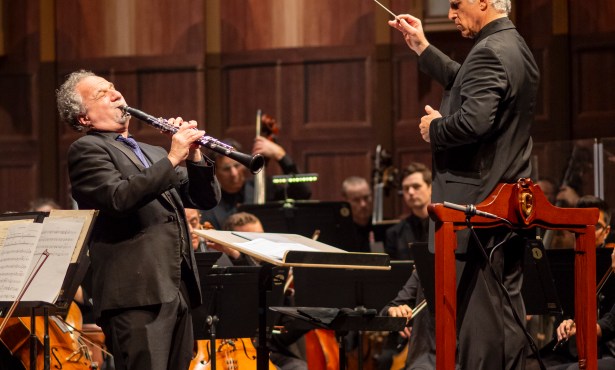

You must be logged in to post a comment.